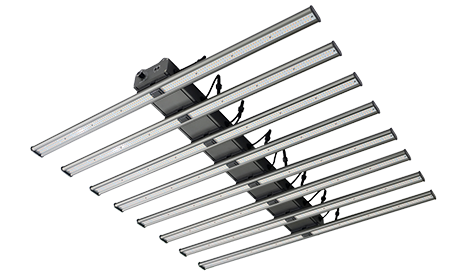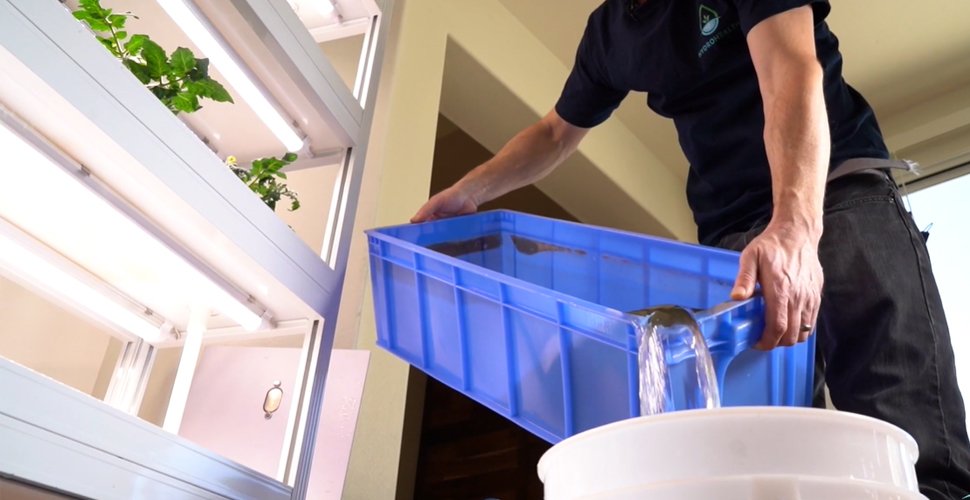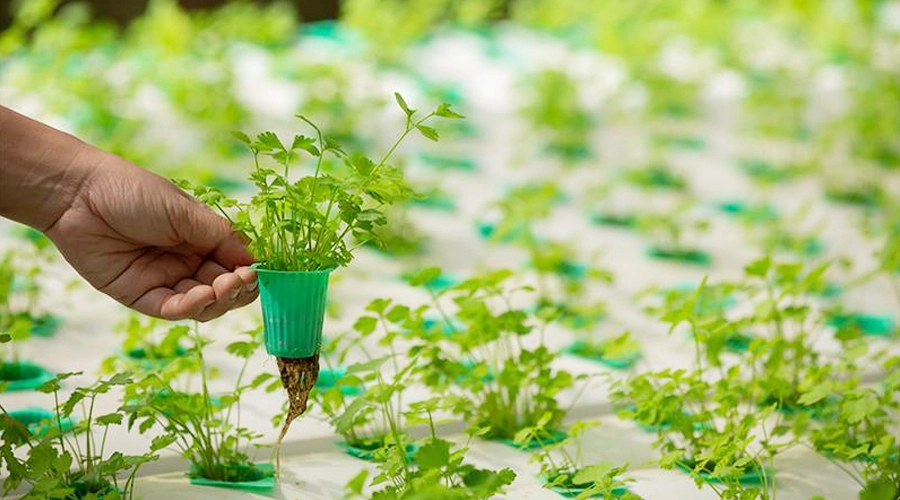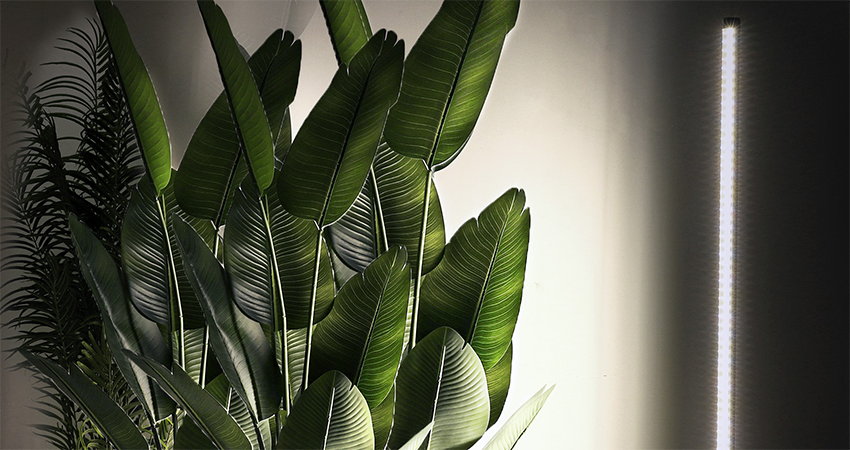나는 어제 Quora를 탐색하고 있었고이 흥미로운 질문을 발견하고 세부 사항을 여러분과 공유하고 싶었습니다.
사용자가 물었습니다. 수직 농장 내에서 미니 에코 시스템을 만들면 수직 농업이 작동할까요? 예를 들어, 우리는 할 수 있습니다 그 아래에 물고기와 함께 식물을 재배하십시오? 물고기 폐기물은 영양분을 물에 넣고 물고기는 식물의 일부를 먹을 수 있습니다.
그리고 저는 서 아프리카의 고객이 지난 달에 비슷한 질문을했다고 기억했습니다.
- 할 수 있다 수경 타워 Aquaponics 시스템에 연결하고 어항에서 물을 순환합니까?
- 수경 비료 믹스를 구입하는 대신 어항에서 물을 사용할 수 있다면. 이 경우 타워를 Aquaponics 시스템에 연결하여 물 공급원으로 사용할 것입니다.
물고기가 생산 한 대변을 통해 식물에 영양분을 공급하려면 식물이 물고기가 물을 정화하도록 도와줍니다. 계속 읽으십시오.
연결은 가능하지만 담수 공급원으로 만 가능합니다. 나는 탱크의 물에 더 큰 타워 농장을지지하기에 충분한 영양소가 없다는 것을 두려워합니다.
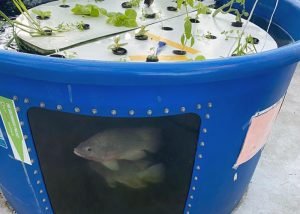
시스템의 적절한 균형을 유지하는 것이 중요합니다. 물고기와 식물의 복지를 보장하기 위해 수질, pH 수준 및 영양소 농도를 모니터링하는 것이 중요합니다.
영양소 수준이 균형을 잡지 않거나 수질이 악화되면 시스템의 일반적인 복지에 영향을 줄 수 있습니다.
탱크에는 영양이 가지고있는 식물의 수에 충분한 지 여부를 고려해야합니다.
그것은 식물, 특히 결실 식물을 공급하기 위해 훨씬 여분의 작물을 먹을 수있는 충분한 출력 (비료)을 만들기에 충분한 입력 (물고기 및 벌레를위한 음식)이 있는지 여부에 대한 의문으로 보입니다.
아쿠아 포닉스의 영양 공급원
Aquaponics에서 어류 배설물은 주로 질소, 인 및 칼륨에서 식물 성장을위한 영양소의 공급원 역할을합니다. 그러나 결실 식물을 수정하기 위해 어류 폐기물을 사용하는 타당성은 몇 가지 요인에 달려 있습니다.
- 생선 스타킹 밀도. 시스템에 물고기가 많을수록 더 많은 생선 폐기물이 생성 될 수 있습니다. 스타킹 밀도는 Aquaponics 설정의 크기에 적합해야합니다.
- 어류 종. 다른 어종은 다양한 양의 폐기물을 생산합니다. 틸라피아는 다른 사람들에 비해 더 많은 폐기물을 생산합니다. 당신의 선택은 물의 영양분 함량에 영향을 줄 수 있습니다.
- 바이오 필터 효율성. Aquaponics 시스템의 바이오 필터는 암모니아 (어류 폐기물에서)를 아질산염 및 질산염으로 전환하는 것을 담당하며, 이는 식물에서 사용할 수 있습니다.
- 식물 유형. 과일 강화 식물은 잎이 많은 녹색에 비해 영양소 요구 사항이 더 높습니다. Aquaponics 시스템에 적합한 과일 식물 품종을 선택해야합니다.
- 영양소 테스트. 시스템의 영양소 수준을 정기적으로 모니터링하여 식물을 충족시켜줍니다. 적절한 영양 균형을 유지하려면 조정이 필요할 수 있습니다.
- pH 및 수질. pH 수준은 식물에 대한 영양소 가용성에 영향을 줄 수 있습니다. 시스템이 식물 별 영양 섭취를 최적화하기 위해 적절한 pH 범위 (보통 6-7)를 유지해야합니다.
수경 탑에서 할 수 있습니까?
내 고객으로부터 질문으로 돌아 가기 : 수경 타워가 Aquaponics 시스템에 사용될 수 있습니까?
나는 그에게 99.98%를주지 않았다. Aquaponics 스타터에게는 큰 도전이기 때문입니다. 책임있는 제조업체로서 계획을 철저히 이해하지 않고 제품을 홍보하지 않는 것이 저의 의무입니다.
우리 회사에서는 장비를 판매하고 하루라고 부르는 것이 아닙니다. 우리는 당신의 성공에 대해 진정으로 관심을 갖고 우리의 장비가 당신이 번성하는 데 도움이되도록하고 싶습니다.
Aquaponics Towers의 도전
수경 타워를 Aquaponics 시스템의 일부로 사용하는 것은 기술적으로 실현 가능합니다. 그러나 아쿠아 닉을 수경법을 위해 주로 설계된 타워와 통합 해야하는 과제를 알아야합니다.
Aquaponic Tower Farm의 경제적 도전은 중요해 보입니다. Hydroponic Towers는 일반적으로 생물학적 필터를 포함하지 않습니다. 생물학적 필터는 생물 폐기물을 식물에 필요한 영양소로 전환하기 위해 수생에 필수적입니다.
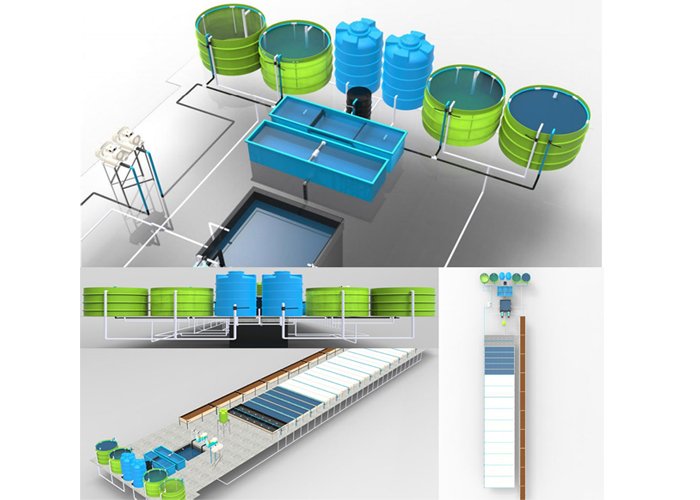
잎이 많은 채소는 Aquaponics와 Hydroponic Towers의 조합으로부터 혜택을받을 가능성이 높습니다. 이 접근법은 과일 식물에 비해 영양소가 적 으기 때문에 일부 타워 모양의 식물 또는 잎이 많은 녹색에 이상적입니다.
시스템이 잘 관리되는 한, 어류 폐기물은 이러한 잎이 많은 녹색의 효과적인 영양소가 될 수 있습니다.
수경 타워에 과일을 강화하는 식물을 심는 것은 어려움을 겪을 수 있습니다. 결실 식물은 일반적으로 더 높은 영양소 요구 사항을 가지고 있으며, Aquaponics 시스템은 적절한 영양소 공급을 제공하기 위해 고군분투 할 수 있습니다.
식물 유형에 관계없이 최적의 성장과 건강을 보장하기 위해 영양소 수준, pH 및 수질의 지속적인 모니터링이 중요합니다. 올바른 조건을 유지하려면 시스템을 조정해야합니다. 식물에 영양분이 부족한 경우 영양소를 보충해야하며 비용 효율적이지 않을 수 있습니다.
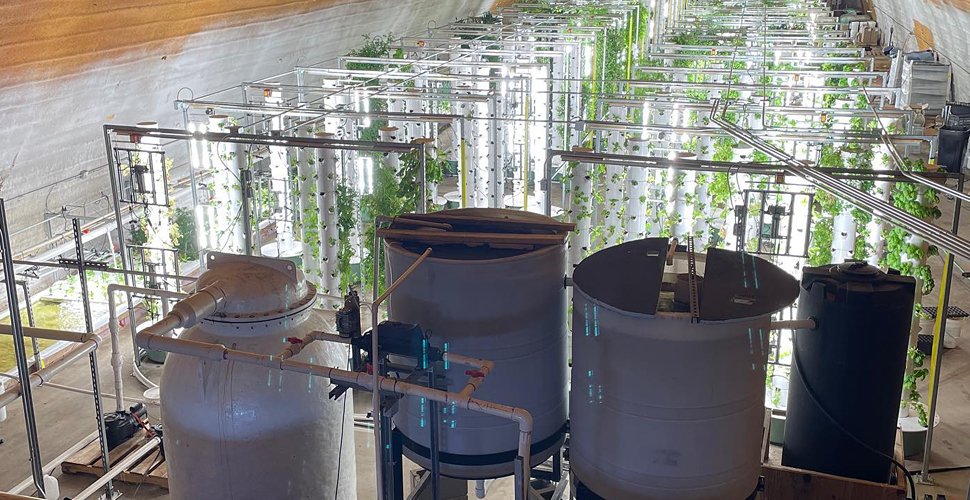
요약
결론적으로, 어류 폐기물을 아쿠아 닉 시스템에서 과일 식물을위한 비료로 사용하는 것이 가능합니다. 성공은 적절한 관리, 시스템 효율성 및 선택한 식물의 특정 요구 사항에 달려 있습니다.
컨설팅 경험이 풍부한 수생 및 수경 전문가 통합 시스템의 성공을 보장하는 데 도움이 될 수 있습니다. Aquaponic Tower Farm의 경제적 도전은 상당 할 수 있으며 시행 착오 비용은 중요 할 수 있습니다.
그러나 올바른 시스템 설계 및 관리를 통해 생선과 결실이 조화롭게 자라는 지속 가능하고 효율적인 방법이 될 수 있습니다.
아쿠아 포닉스가 수경 탑에서 작동 할 수 있는지 탐색하는 데 관심이 있습니까? 훌륭한 실험이라고 생각합니다. 수경 타워에 대한 자세한 정보를 요청하려면 당사에 문의하여 웹 사이트를 방문하십시오.
제이스
AUXGROW의 디지털 마케팅 관리자인 Jayes는 수경 재배 시스템에 대한 열정과 LED 재배 조명에 대한 전문 지식을 결합합니다. 실무 경험과 깊은 이해를 바탕으로 Jayes는 지속 가능한 재배의 세계로 여러분을 안내합니다.


